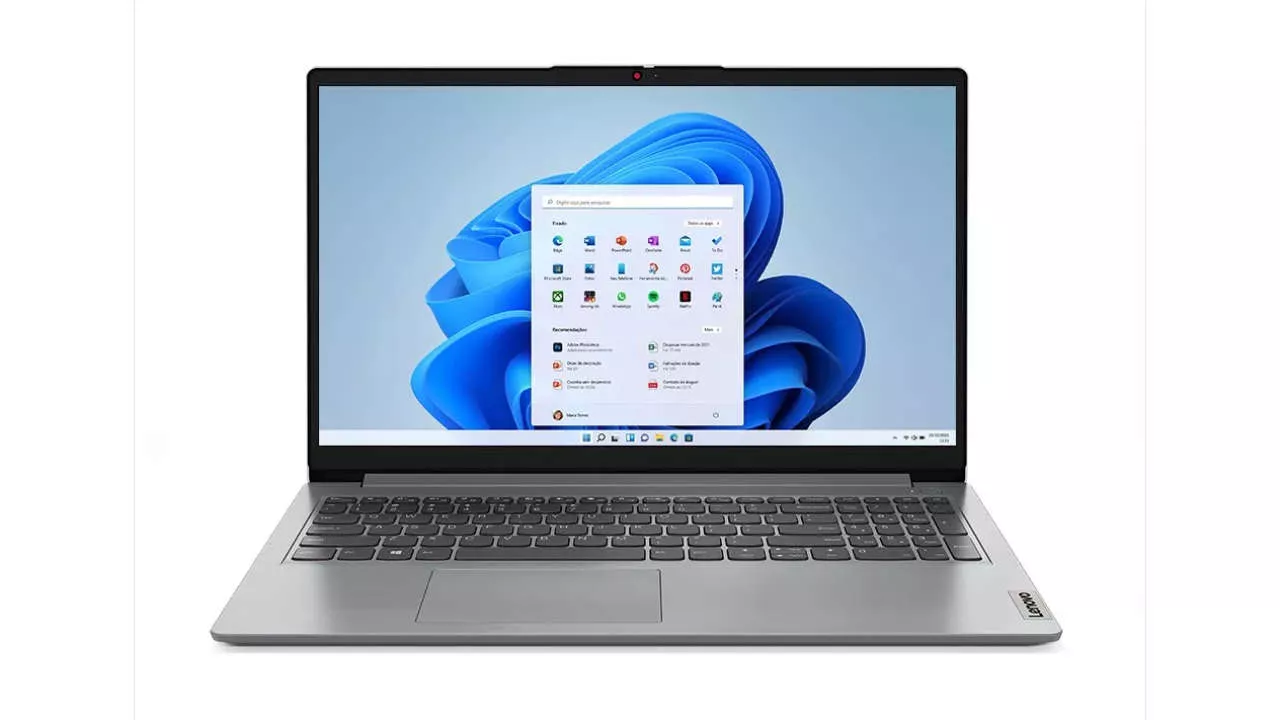
Finding the best laptop for students in 2025 It's a challenging task given the diversity of models and specifications available. Technological advancements have brought notebooks with increasingly personalized features, and choosing the right equipment can make all the difference in academic performance.
A good laptop isn't just an accessory, it's an essential tool for learning and development. Choosing the right laptop depends directly on your specific needs.
If you're a student who needs to perform basic tasks, such as accessing the internet or using word processing programs, your priorities will be different from those who use graphics software or programming tools. Understanding these needs is the first step to making the right purchase.

In this article, we'll guide you on how to choose the ideal laptop for students in 2025. We'll cover the most relevant technical criteria, model suggestions, a step-by-step guide to help you make your decision, and additional tips to make the most of your investment. With this information, you'll be prepared to make a choice that combines quality and value.
The first step in choosing the ideal laptop is understanding how it will be used in your academic routine. Students in humanities courses, for example, typically use simpler tools, such as text editors, web browsers, and presentation programs.
Engineering, Computer Science, or Design students need a more robust notebook, capable of running heavy-duty software like AutoCAD, MATLAB, or Adobe Photoshop.
Other questions that can help you define your needs include:
Students who use their laptop for multitasking, such as video and graphics editing, should prioritize high-performance devices, while those seeking practicality can focus on portability and battery life. This initial analysis is crucial to avoid paying for unnecessary features or purchasing a model that doesn't meet your expectations.
Understanding the technical specifications of the notebooks available on the market is essential to making an informed decision. Here are the main components to consider:
Processor: The processor is the brain of the laptop. For light tasks like browsing and typing, an Intel Core i3 or AMD Ryzen 3 is sufficient. For more intensive tasks like video editing or 3D modeling, choose an Intel Core i5, i7, or AMD Ryzen 5 or 7.
RAM Memory: For smooth performance, a minimum of 8GB of RAM is recommended. If your course requires heavy software, opt for 16GB or more.
Storage: Choose laptops with SSDs, as they offer faster program and file opening speeds. The recommended minimum is 256GB, but you can opt for models with hybrid storage (HDD + SSD) to save money.
Screen: A screen size between 13 and 15 inches is ideal for combining visual comfort and portability. Full HD resolutions (1920×1080) are sharper and recommended for long study sessions.
Battery: Battery life should be long enough to support a daily routine without frequent recharging. Look for laptops with a minimum battery life of 8 hours.
With these specifications, your notebook will be ready to keep up with your academic pace, whatever the course or demand.
Following an organized process is the best way to ensure you find a laptop that meets your needs without breaking your budget. Here's a detailed guide:
This step-by-step guide will help you avoid impulse purchases and increase your chances of purchasing equipment that truly meets your expectations.
Based on the most common needs, we've selected some of the best models for students in 2025:
Dell Inspiron 15: Known for its durability and balanced performance, it is ideal for everyday tasks.
Lenovo IdeaPad 3: Versatile and economical model, with specifications suitable for basic studies and light multitasking.
Apple MacBook Air (M2): An excellent choice for graphic design students and other creative professionals, thanks to its efficient processor and long battery life.
Acer Aspire 5: It offers great value for money, making it a popular choice among students who need a reliable and affordable laptop.
These models cover different price ranges and types of use, ensuring options for all profiles.
In addition to choosing the right model, there are practices that can help you maximize your investment:
Invest in protective accessories: Padded backpacks and keyboard covers help protect your equipment from damage.
Perform regular maintenance: Clean your fans and update your operating system periodically to avoid slowdowns.
Use optimization programs: Antivirus software and disk cleanup tools can improve your laptop's performance.
Consider used or refurbished alternatives: Buying certified refurbished notebooks is a way to save money without sacrificing quality.
Adopting these strategies increases the durability of your notebook and improves your daily experience.
Choose the best laptop for students in 2025 requires analysis and planning. Understanding your needs, prioritizing technical specifications, and following a clear selection process are fundamental steps to ensuring a satisfactory purchase.
Additionally, investing in accessories and maintaining your equipment can extend its lifespan. With the tips and information in this article, you'll be ready to find the ideal notebook that will not only meet your academic needs.
But it will also be an essential tool for achieving your educational goals. Make an informed choice and make the most of your investment.